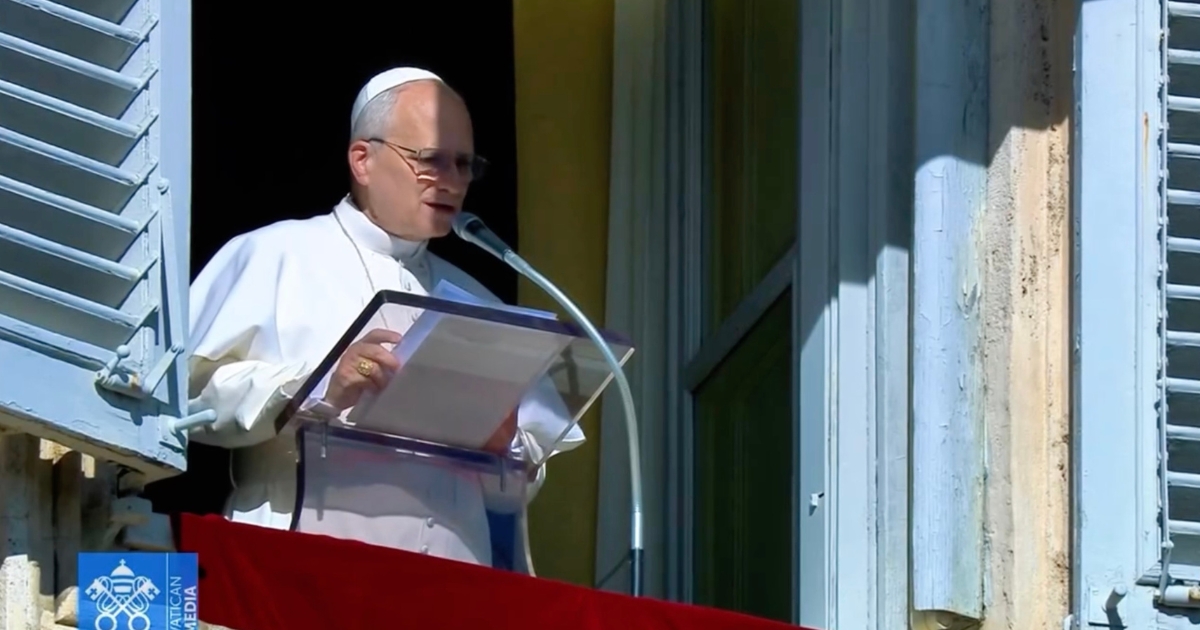WHEN Typhoon Tino unleashed torrential rain over Cebu on November 4, floodwaters swallowed homes, disrupted communities, and paralyzed transport across the province.
By dawn, streets had turned into rivers in Talisay, Consolacion, Mandaue, Cebu City, and Danao—an all-too-familiar sight for residents who have endured years of recurring floods.
Vice Governor delivered an impassioned privilege speech before the Provincial Board on November 10, urging renewed action on the Metro Cebu Flood and Drainage System Master Plan.
The plan, developed by the Department of Public Works and Highways (DPWH) and the Japan International Cooperation Agency (JICA) in 2013, outlined long-term flood control measures from Carcar to Danao City.
“Like many of you, I’m frustrated. Every time it rains, and floodwaters rise again in Mandaue, Consolacion, Cordova and across Metro Cebu, people lose sleep, property and peace of mind. And what hurts most is knowing—this could have been avoided,” he said.
He recounted how the province had been placed under a state of calamity twice in less than a month, underscoring the urgency of the problem.
Typhoon Tino left widespread damage across multiple cities and municipalities, with families displaced and properties destroyed.
The Vice Governor said Cebu already had a comprehensive flood plan years ago but failed to sustain its implementation.
When he first learned about the project in 2017 as a private citizen and later as chair of the Regional Development Council’s infrastructure committee, he helped secure initial funding—P700 million in 2018 and P1.2 billion in 2019—for river widening and drainage works in Cebu City.
However, subsequent allocations stopped, and the master plan was shelved.
He pointed out that, without coordination, local projects that followed were often redundant, inconsistent, or substandard, leaving many areas vulnerable to the same flooding the plan was meant to prevent.
“After that, nothing. Funding stopped and the plan was shelved. What then followed were random, uncoordinated projects—some done in the wrong places, others substandard and many inconsistent with the master plan,” he said.
In his speech, he linked the economic and social costs of flooding to a lack of long-term infrastructure planning.
Repeated disasters, he said, had cost workers days of lost income, shuttered small businesses, and forced families to rebuild over and over again.
He also expressed concern that local governance had become reactive, focused on relief operations instead of prevention.
The cycle of “ayuda” and rehabilitation, he warned, cannot replace real solutions built on engineering and accountability.
During a recent situation briefing with President Ferdinand Marcos Jr. and DPWH Secretary Vince Dizon, he said the agency had expressed readiness to revisit and implement the master plan.
While this development gave him optimism, he stressed that Cebu must also confront the issues that have delayed progress for years.
He called on the Provincial Board to endorse the flood plan, require developers to integrate rainwater catchment systems in new projects, and compel DPWH and the Department of Environment and Development (DEPDEV) to update local officials on the plan’s current status.
The Vice Governor also urged accountability for those who profited from substandard or anomalous flood control works, emphasizing that taxpayers deserve tangible results.
“Our people don’t need photo ops. They need results. They need protection. They need leaders who do the job right the first time,” he said.
He concluded by reaffirming his commitment to push for the master plan’s full implementation, saying Cebu must prioritize honest, coordinated, and lasting solutions to safeguard communities from future disasters.










